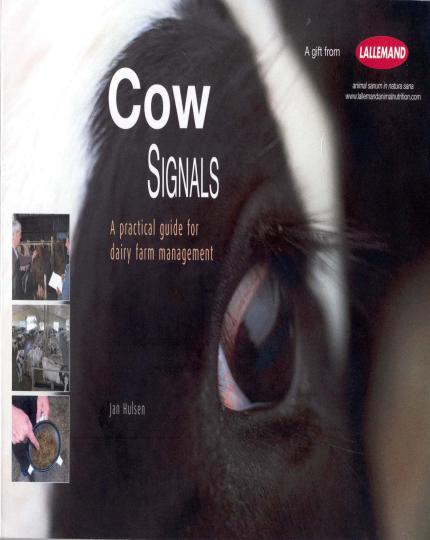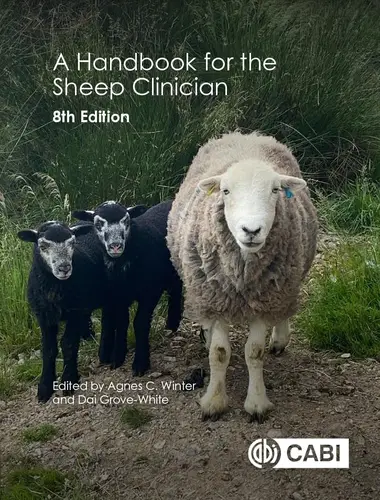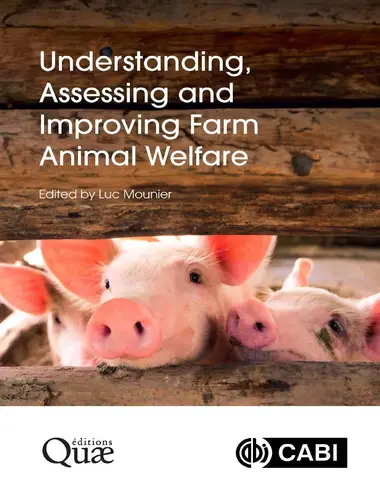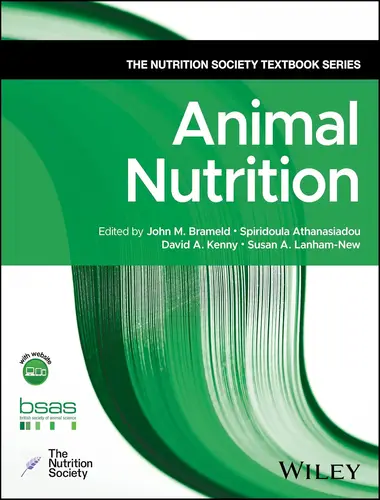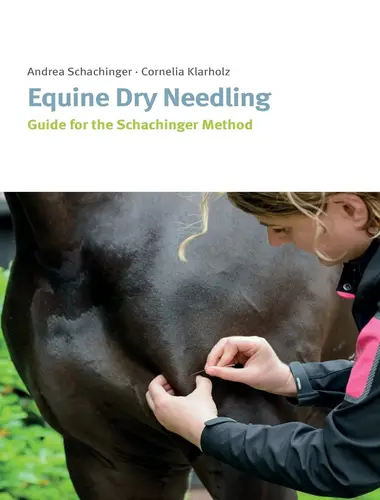Throughout the book, there is information on unique anatomy, epidemiology, and disease pathogenesis that will be applicable to biologists, researchers, clinicians, and veterinary pathologists who are already versed in diseases of domestic species.
Pathology of Wildlife and Zoo Animals
Pathology of Wildlife and Zoo Animals PDF, The text is organized using a set of introductory chapters that cover issues and themes applicable to a wide variety of species. For simplicity and ease of reference, the remaining chapters are organized by taxonomic groups. Each of these chapters begins with an introduction, including basic biology/ecology of the group along with unique gross and histological features that differ from the closest domestic (or farmed) animal paradigm. For some of the more unusual taxa, additional, detailed normal anatomical and histological features are described and illustrated in the supplemental online materials.
Descriptions of gross necropsy lesions and keys to histologic and disease diagnosis for noninfectious and infectious diseases follow. For histologic descriptions, we made the assumption that the reader has a basic understanding of histologic terms and concepts, and unless otherwise stated in the figure leg-ends, histologic sections were stained with hematoxylin and eosin. Descriptions of diseases that impact more than one group are thoroughly described with the taxa in which the disease is classically described (the “canonical” species/taxa chapter) with reference to it and species-specific differences highlighted in other chapters. For example, the characteristic gross and histologic lesions and pathogenesis of canine distemper virus (CDV) are described in the Canidae, Ursidae and Ailuridae chapter, with species- specific discussions appearing in chapters such as Felidae and Procyonidae, Viverridae, Hyenidae, Herpestidae, Eupleridae, and Prionodontidae. While we have tried to limit over-lap, there is some intentional redundancy. As with unique features, information and data related to taxonomic lists, Latin and common names, species within a given taxa, histologic normal variations, and a number of diseases that are important but could not be accommodated in the chapter can be found in the supplemental online materials. We’re also extremely excited to host a dynamic set of more than 200 whole scanned slides on a companion website as a compliment to the still images in the book.
The scanned slides provide valuable histologic material for those interested in furthering their knowledge on specific species and topics. Along with chapter authors, we endeavored to include reference lists containing as much of the primary literature and important seminal work as could be accommodated. As the editors of this book, we regret that we were not able to provide more extensive literature reviews for each chapter due to our lack of access (especially for publications in the non-English literature) and space limitations.
Each chapter was written in good faith and with the goal of accurately describing diseases in wildlife and zoo animals. Any errors of interpretation and omission of important information, data, and publications lie solely with us, the editors. For these errors and omissions, we humbly submit our apologies and appreciate your constructive feedback and input.
[expand title=” “]
| Size: 420 MB | Book Download Free |
[/expand]
Password: pdflibrary.net


